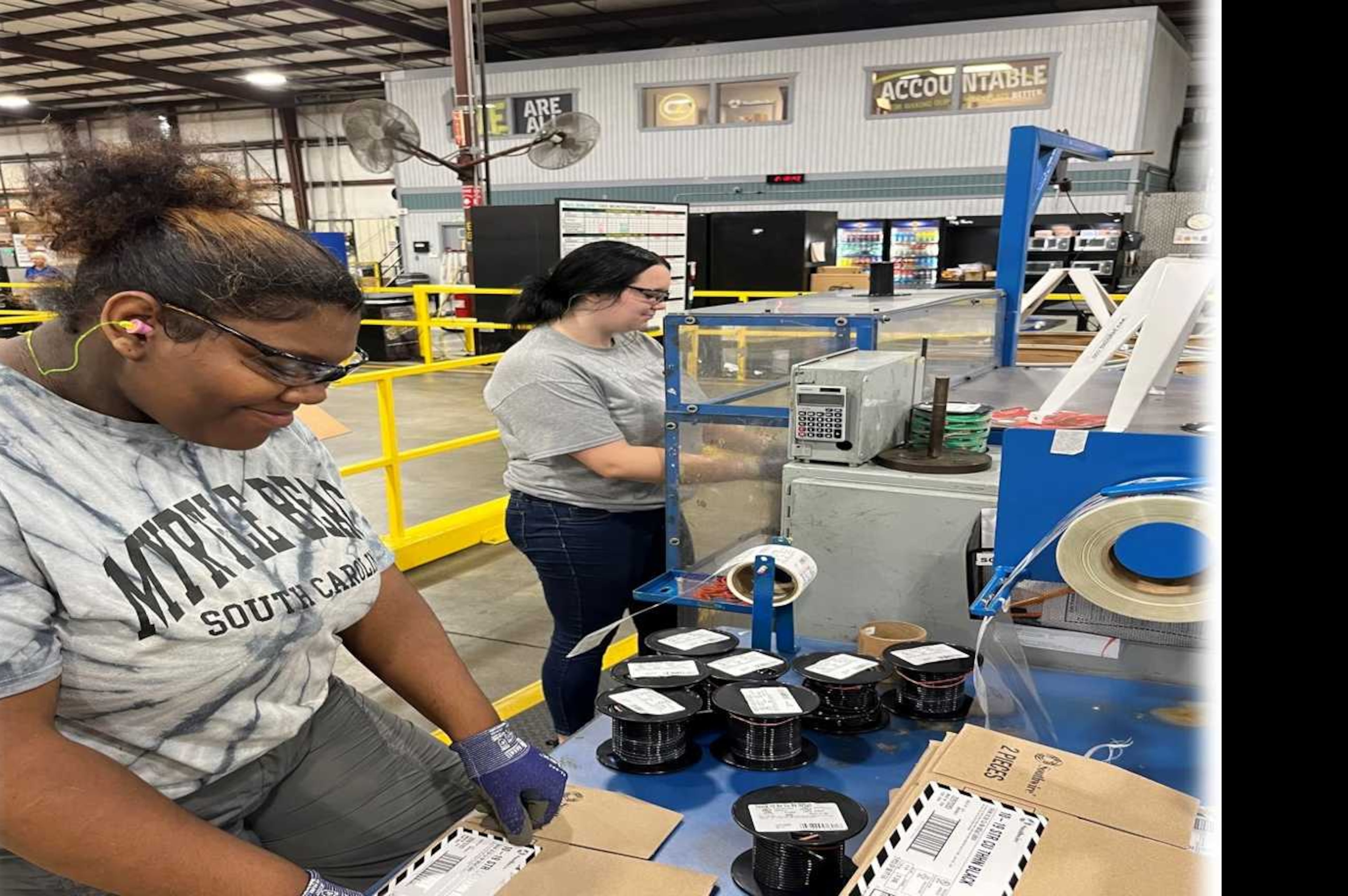The president renews an old question about nuclear testing

President Donald Trump’s recent call to resume U.S. nuclear weapons testing “on an equal basis” with Russia and China has reignited a decadesold debate about America’s nuclear posture and global security.
While the statement — delivered on social media just before a summit with Chinese President Xi Jinping — sparked headlines about a possible end to the 33-year moratorium on explosive nuclear tests, U.S. Energy Secretary Chris Wright has clarified the true nature of the administration’s intent. Wright stated that the United States is not planning any nuclear explosions, but rather current testing plans are system evaluations and nonnuclear experiments, not detonation of nuclear devices
The U.S. last conducted a live nuclear test in 1992, a detonation code-named Divider. Since then, the nation’s nuclear weapons laboratories in California, New Mexico and Nevada — overseen by the Department of Energy’s National Nuclear Security Administration — have maintained the stockpile through science rather than explosions.
Using powerful supercomputers and diagnostic tools such as the lasers at the Lawrence Livermore National Laboratory’s National Ignition Facility, scientists re-create the intense pressures and temperatures found in a nuclear blast. These experiments, combined with sophisticated modeling, confirm the safety and reliability of the U.S. arsenal without any actual detonations.

This approach, known as the science-based Stockpile Stewardship Program, has sustained America’s deterrent philosophy for more than three decades. It has also fueled major advances in fusion research, materials science and detection technology.
At places like Georgia Tech, researchers are directly contributing to that effort — developing next-generation verification tools and training the experts who help enforce arms control agreements and ensure nuclear safety.
Language, Uncertainty, and Deterrence
In nuclear affairs, what a president says can matter as much as what a president does. Trump’s “on an equal basis” phrase has introduced ambiguity. Is it about low-yield subcritical experiments, which the U.S. already conducts, or about preparations for fully contained underground detonations, which are currently taboo?
That ambiguity is particularly troubling for U.S. allies who rely on America’s nuclear umbrella. Even the suggestion of a policy shift can unsettle partners and embolden adversaries, weakening the credibility of U.S. commitments abroad. Wright’s public reassurances, echoed across major media, make clear that no new nuclear explosions are planned, affirming that U.S. credibility rests on scientific excellence and clear policy, not new test detonations.
The Fragile Test Ban Balance
The world’s current pause on nuclear testing rests not on law but on mutual self-restraint. The Comprehensive Nuclear-Test-Ban Treaty, opened for signature in 1996, has never entered into force because key nations — including the United States and China — have not ratified it.
Russia ratified in 2000 but withdrew in 2023, further complicating the picture. It’s worth noting that for Russia, it was a political move, not necessarily a resumption of large-scale testing. North Korea tested nuclear weapons six times since 2006, whereas all other major powers have observed restraint.
Yet, despite that legal limbo, the moratorium has held. Since the 1990s, no major power has conducted a full-scale nuclear explosion.
Instead, the United States has performed 34 subcritical experiments at the Nevada National Security Site — including last year’s NIMBLE test — to collect data on plutonium without triggering a chain reaction or any nuclear yield.
These are conducted in deeply buried steel vessels that gather data on plutonium and other materials without triggering a self-sustaining nuclear chain reaction or any nuclear yield. The results strengthen the models that keep our stockpile reliable — without crossing the line into explosive testing.
What to Watch Next
No live nuclear test could proceed without coordination between the Pentagon, the Department of Energy and Congress.
As of November, there has been no change in funding or policy at the national laboratories that would suggest new test readiness efforts. Any serious move toward resumption would almost certainly involve new federal appropriations or visible activity at test sites in Nevada and New Mexico — none of which is occurring.
Internationally, both Russia and China have criticized Trump’s announcement, warning that it could provoke a new arms race. America’s European and Asian allies are expected to echo those concerns, emphasizing that restraint remains the backbone of global nuclear stability, a position currently reassured by Wright.
The Broader Stakes
Rebuilding the infrastructure and political will for full-scale explosive testing would take years and enormous resources. The Stockpile Stewardship Program has proved that the U.S. can keep its arsenal safe, secure and effective without returning to the most dangerous rituals of the nuclear age.
Here in Georgia, and across the nation’s scientific community, researchers are playing a role in that success — pioneering the science that ensures both deterrence and safety and demonstrating that technological leadership and global responsibility can go hand in hand.
America’s nuclear future depends on transparency and scientific rigor, not on the return of nuclear explosions.
Anna Erickson is a professor in the George W. Woodruff School of Mechanical Engineering at Georgia Tech. Her research is focused on nuclear security and safeguards, advanced nuclear systems design and analysis with emphasis on safety and performance.
If you have any thoughts about this item, or if you’re interested in writing an op-ed for the AJC’s education page, drop us a note at education@ajc.com.

